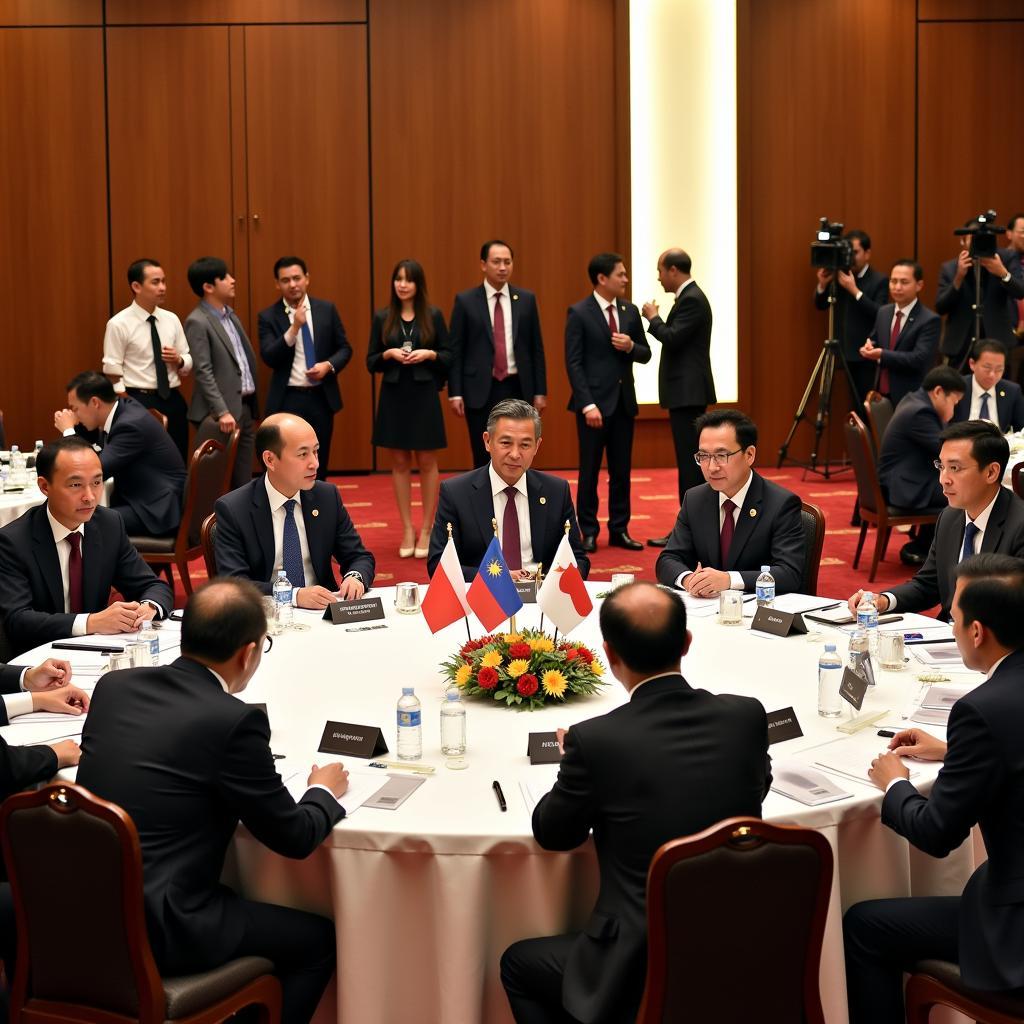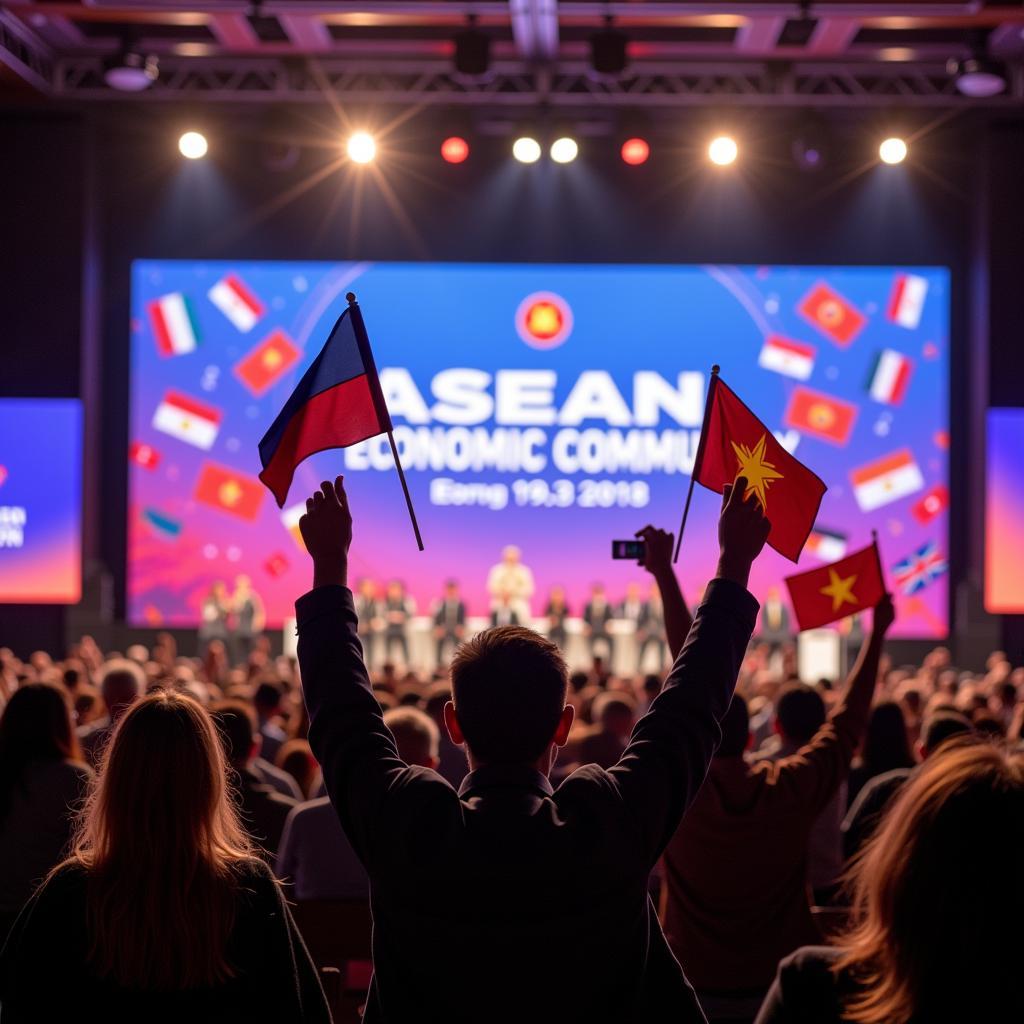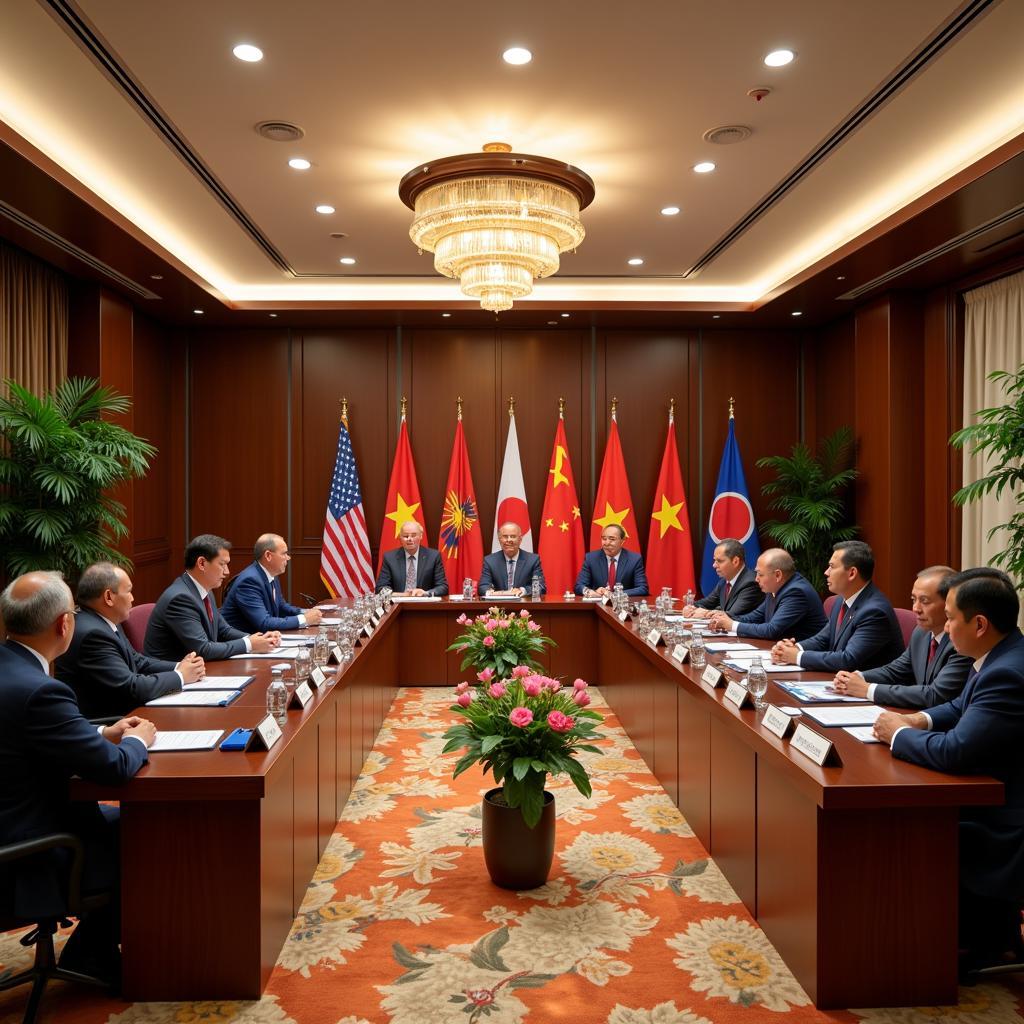As of 2016, the Association of Southeast Asian Nations (ASEAN) comprises ten member states: Brunei Darussalam, Cambodia, Indonesia, Laos, Malaysia, Myanmar, the Philippines, Singapore, Thailand, and Vietnam. These nations represent a diverse tapestry of cultures, languages, and religions, united by their shared geographic proximity and a commitment to regional cooperation.
 ASEAN Summit 2016
ASEAN Summit 2016
The origins of ASEAN can be traced back to 1967 when five Southeast Asian nations – Indonesia, Malaysia, the Philippines, Singapore, and Thailand – signed the Bangkok Declaration. This pivotal agreement laid the groundwork for a regional organization dedicated to promoting peace, stability, and economic growth in the aftermath of colonialism and amidst the complexities of the Cold War. Over the ensuing decades, ASEAN expanded its membership, welcoming Brunei Darussalam in 1984, Vietnam in 1995, Laos and Myanmar in 1997, and Cambodia in 1999.
The Importance of Understanding ASEAN Membership in 2016
The specific makeup of ASEAN in 2016 offers a valuable snapshot of the organization at a critical juncture. This period witnessed significant milestones in ASEAN’s integration process, including the formal establishment of the ASEAN Economic Community (AEC) at the end of 2015. The AEC envisioned a more interconnected and economically unified region, striving to enhance competitiveness, facilitate trade, and attract foreign investment.
 ASEAN Economic Community Launch Event
ASEAN Economic Community Launch Event
Understanding the specific members of ASEAN in 2016 provides crucial context for analyzing the organization’s progress and challenges in achieving its goals. It allows for a deeper appreciation of the diversity of perspectives, interests, and priorities within the bloc. Moreover, it underscores the significance of ASEAN’s inclusive approach, accommodating nations with varying political systems, economic development levels, and historical trajectories.
The Significance of ASEAN’s 2016 Composition for Regional Dynamics
The ten members of ASEAN in 2016 collectively represented a population of over 620 million people and a combined GDP of approximately US$2.5 trillion. The organization’s collective economic weight and geopolitical significance continued to grow, solidifying its role as a crucial actor on the global stage.
 ASEAN Regional Forum Meeting
ASEAN Regional Forum Meeting
ASEAN’s commitment to dialogue, consensus-building, and non-interference in the internal affairs of its members remained paramount. The organization’s approach to regional cooperation, emphasizing shared interests and mutual respect, has been instrumental in maintaining peace and stability in Southeast Asia.
In conclusion, understanding the “Anggota Asean 2016” (ASEAN members in 2016) is crucial for comprehending the dynamics, achievements, and ongoing evolution of this vital regional organization. As ASEAN continues to navigate a complex and rapidly changing global landscape, its commitment to unity, cooperation, and shared prosperity will undoubtedly shape the future of Southeast Asia and beyond.
